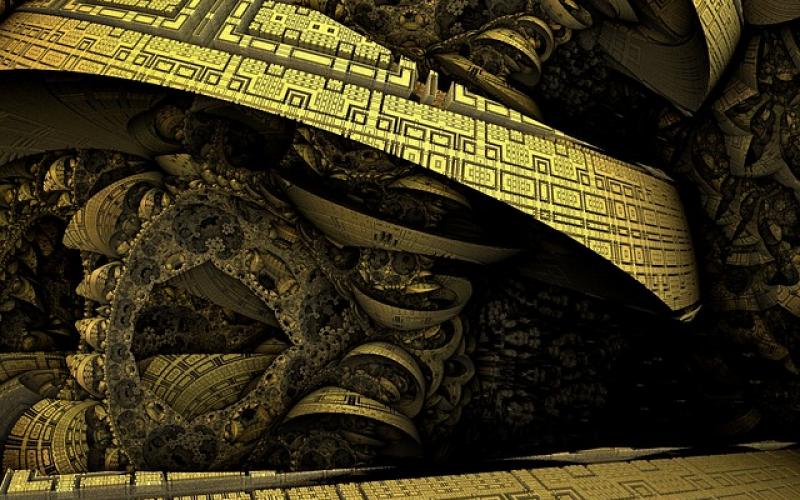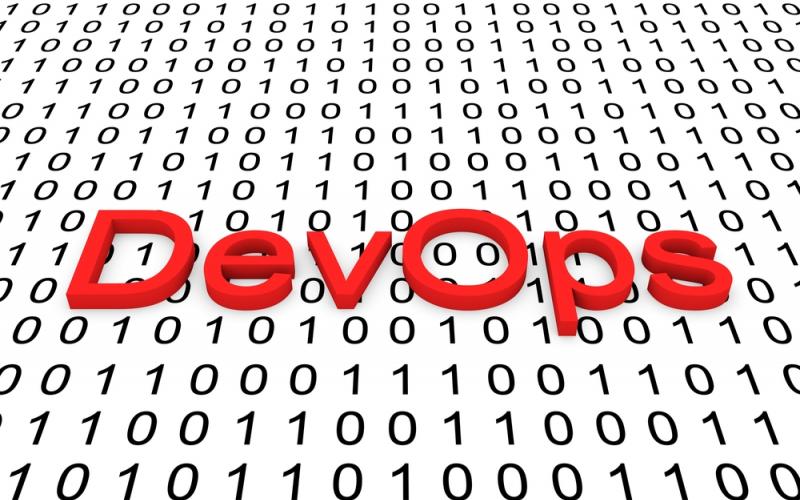Friday marks the 35-year anniversary of the release of Return of the Jedi, the final chapter of the original Star Wars trilogy. In the three-and-a-half decades since, people have been watching these films for several reasons: They're classic examples of storytelling, pitting the forces of good vs evil; their special effects changed the way movies were made; they launched the careers of Hollywood stars; and - let’s face it - Jedi Knights, the Force, Darth Vader, and lightsabers are all pretty darn cool.
Part of the lasting legacy and continued success of the Star Wars franchise is the mythical role of the Jedi. They were knights charged with keeping peace and order across the sprawling universe, which is no easy task. Talk about an enormous attack surface! And if you think today’s nation-state attacks are bad, just take a look at what Darth Vader and the Empire tried to do to the people and planets that stood in their way. A data breach may not be quite as catastrophic as the entire planet of Alderaan being blown up by the Death Star, but it can still have a big impact on your company.
Your IT security team probably does not have the luxury of Jedi mind tricks to convince hackers “This is not the data you’re looking for,” or have the ability to harness the Force to prevent breaches. But that doesn’t mean it can’t learn a few valuable lessons from the events that took place a long time ago in a galaxy far, far away.
In this slideshow, we take a look at some interesting lessons that your IT and security teams can take away from the original Star Wars trilogy.
(Image: prettysleepy/Pixabay)
Reuven Harrison is CTO and Co-Founder of Tufin. He has more than 20 years of software development experience, holding two key senior developer positions at Check Point Software, as well other key positions at Capsule Technologies and ECS. He received a Bachelor's degree in Mathematics and Philosophy from Tel Aviv University.















